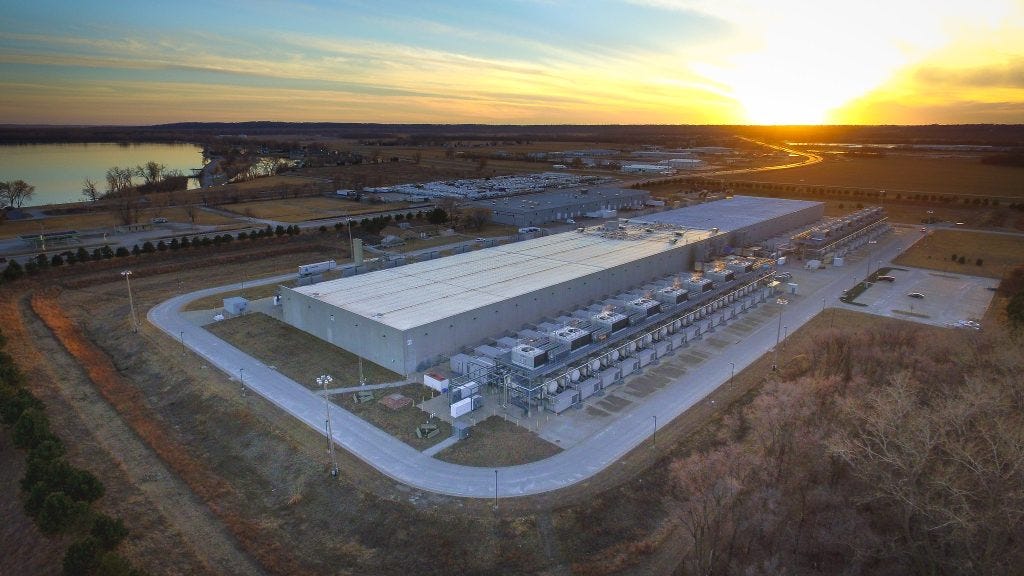Where Power, Carbon, and Molecules Trails Merge: Commercial Structures for Infrastructure
A journal on what it means to explore new trails while returning to what has shaped me
Clean, firm power will power the intelligence economy
A week and a half ago an advisor I respect deeply expressed an interest in partnering on a project. He’s a leader in infrastructure development and finance with long experience in first of a kind energy projects. Each conversation with him makes me feel there is something powerful ahead. Having spent decades in energy, he emphasized how unique this moment in history is for new power capacity to be built.
At the Google AI Energy Startups summit this week, Google’s Global Head of Data Centers echoed the same thought.
The unprecendented growth and demand for power presents an opportunity to get first-of-a-kind power projects across the FID finish line.
Hyperscalers have entered partnerships with higher tech risk companies to build out their first commercial projects. Google and Fervo inked a 115 MW PPA for Fervo’s project in Nevada, delivering geothermal power via NV Energy by 2026. Terrapower and Microsoft signed a deal for the first U.S. advanced nuclear project, located near PacifiCorp’s Naughton Power Plant in Wyoming.
These power purchase agreements are what is needed to get capital intensive clean energy projects financed.
New Commercial Structures to Meet the Moment
Data centers are hungry for power, and new commercial structures like Virtual Power Purchase Agreements will bring new electrification projects to life. Voltus:
“Bring your own capacity” is a go-to-market framework in which data centers can finance and then harness the flexibility potential of the communities around them, bringing those megawatts to utilities as part of their capacity stack. […]
“In other words, instead of selling flexible capacity into a market, Voltus is selling it out of market — at a higher value — to a hyperscaler. That approach sidesteps market-based capacity constructs, allowing negotiations between resource aggregators and large end users, who have deep pockets and place massive value on capacity.
It’s a framework designed to help data centers bridge the capacity gap they’re currently facing between now and the early 2030s, Guernsey explained. Voltus already has a pipeline of contracts it plans to announce, she said, and will be building out capacity ready to come online starting in 2027 — in line with the timelines of those specific projects contracting VPPs.” […]
The BYO program is an attempt to fix that disconnect, Guernsey explained. The reality of VPP programs is that the more a resource gets paid, the more it gets utilized, and the more valuable it is to a utility. In other words, the deep pockets of hyperscalers, plus their “incredible willingness to pay and incredible urgency” are perfectly aligned with what well-funded VPP programs can offer: “When there’s more money on the table, there’s more that we can do.”
I’ve been building market infrastructure and AI tools for low-carbon procurement, and there’s an opportunity to apply this not just to molecules or carbon, but also to power.
Daylight is enabling industrial decarbonization and electrification with market infrastructure. As we build the next wave of electric factories, following suit from electric cars, we’ll need much more power. What data centers care about are what other industrial loads care about: reliable, firm power.
Power markets. RECs. SAF certificates. Carbon removals. Industrial heat. All of them carry similar questions about risk, verification, trust, incentives, and offtakers.
Keep reading with a 7-day free trial
Subscribe to Daylight Climate to keep reading this post and get 7 days of free access to the full post archives.


